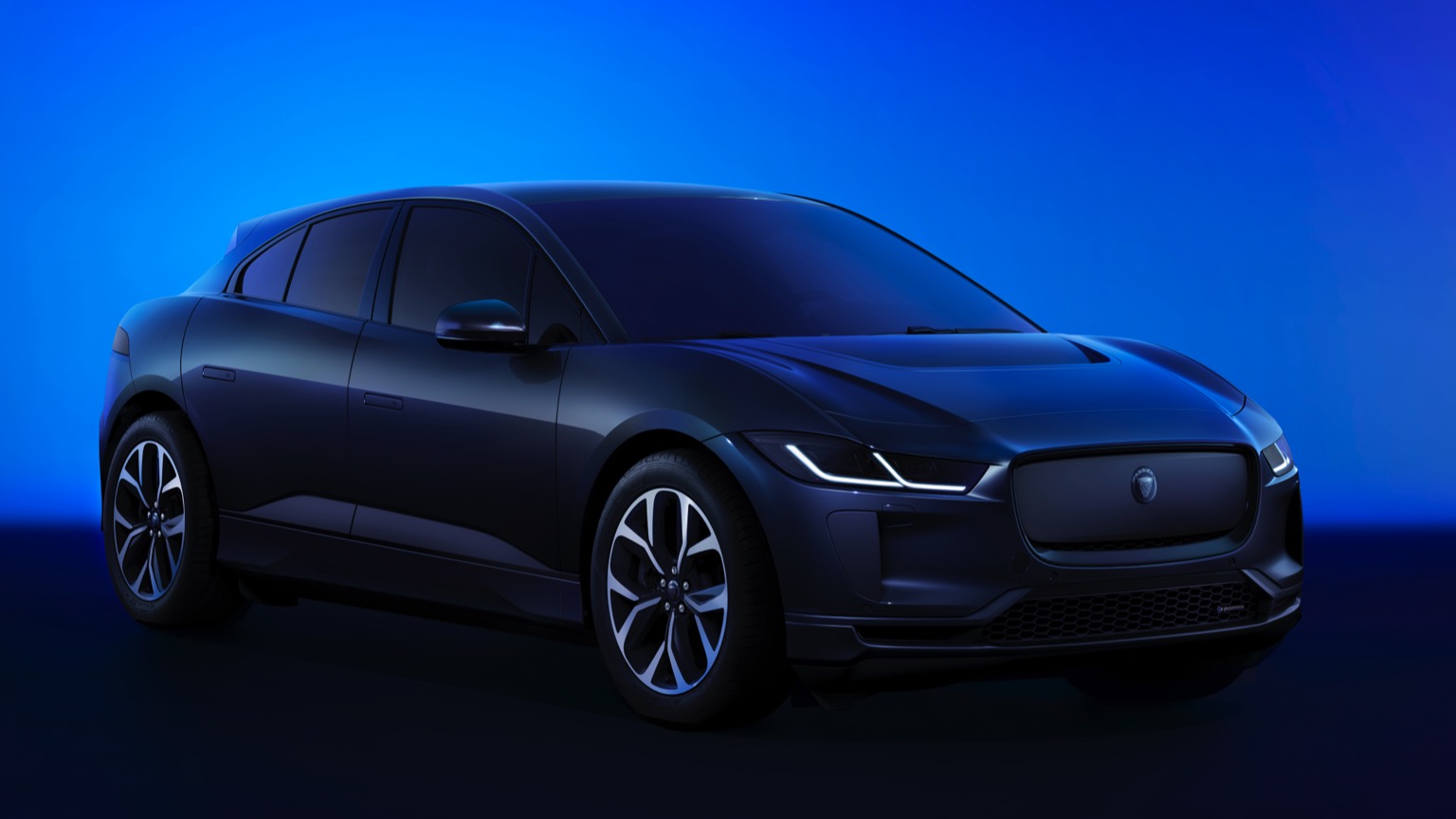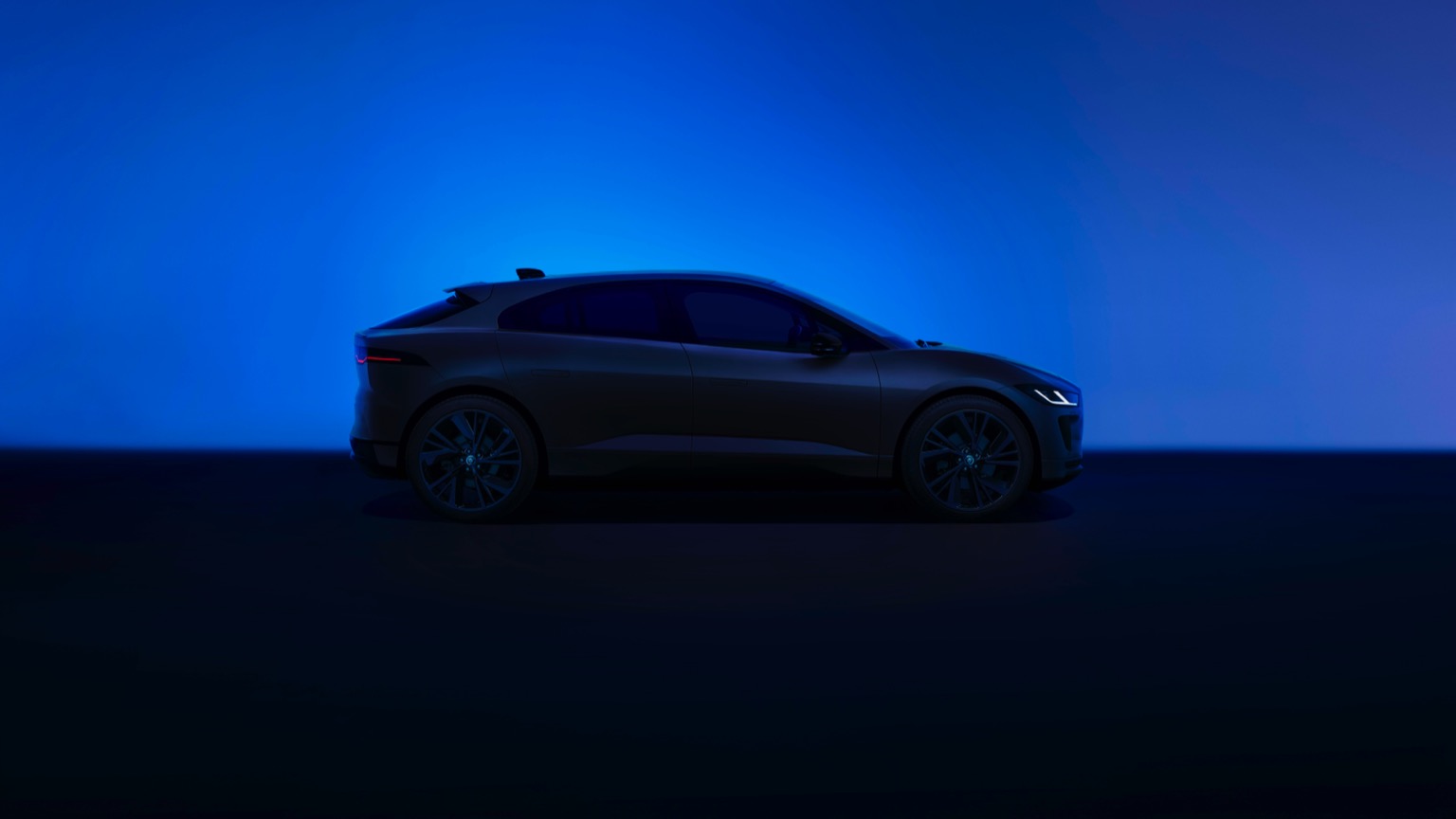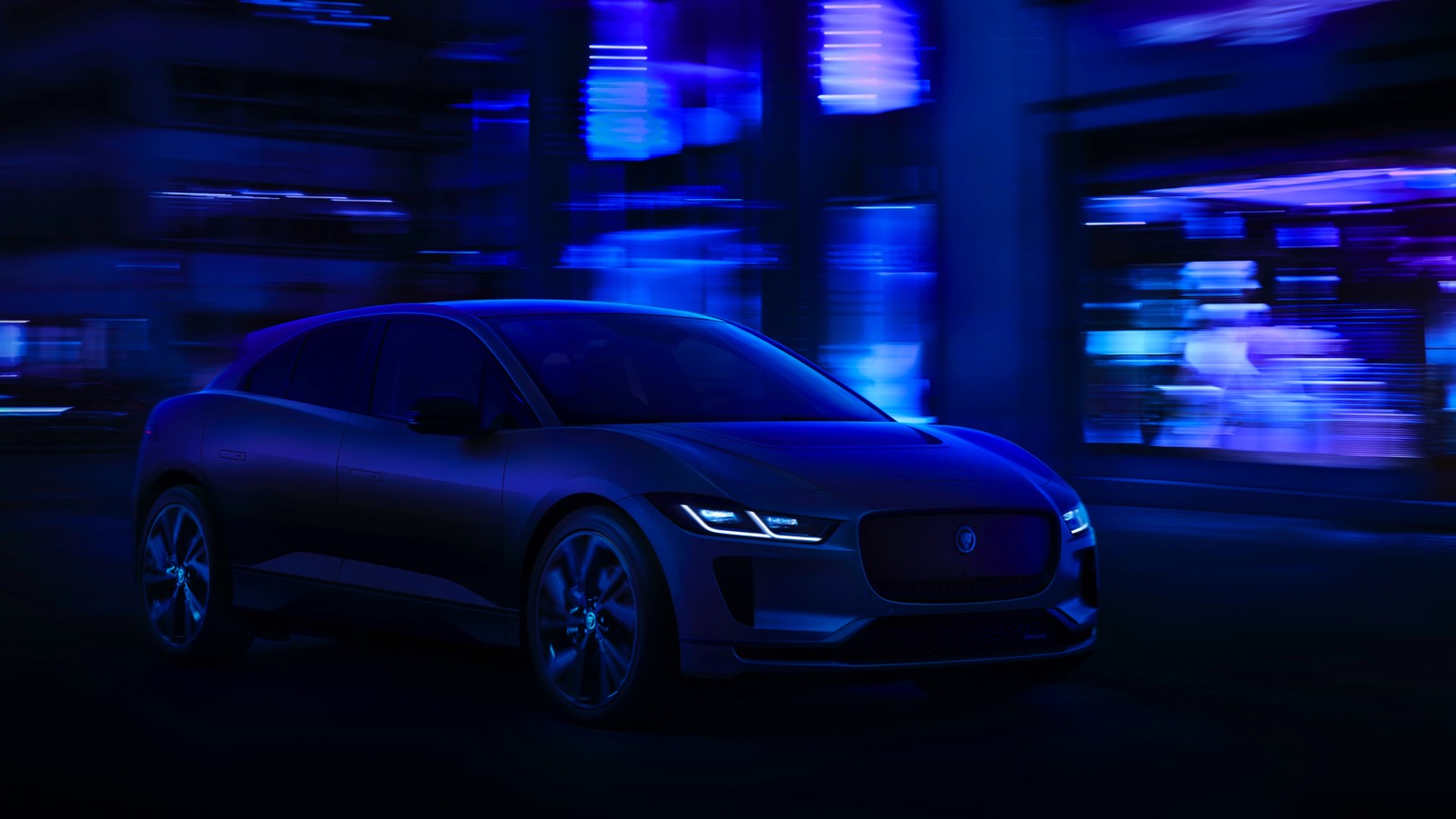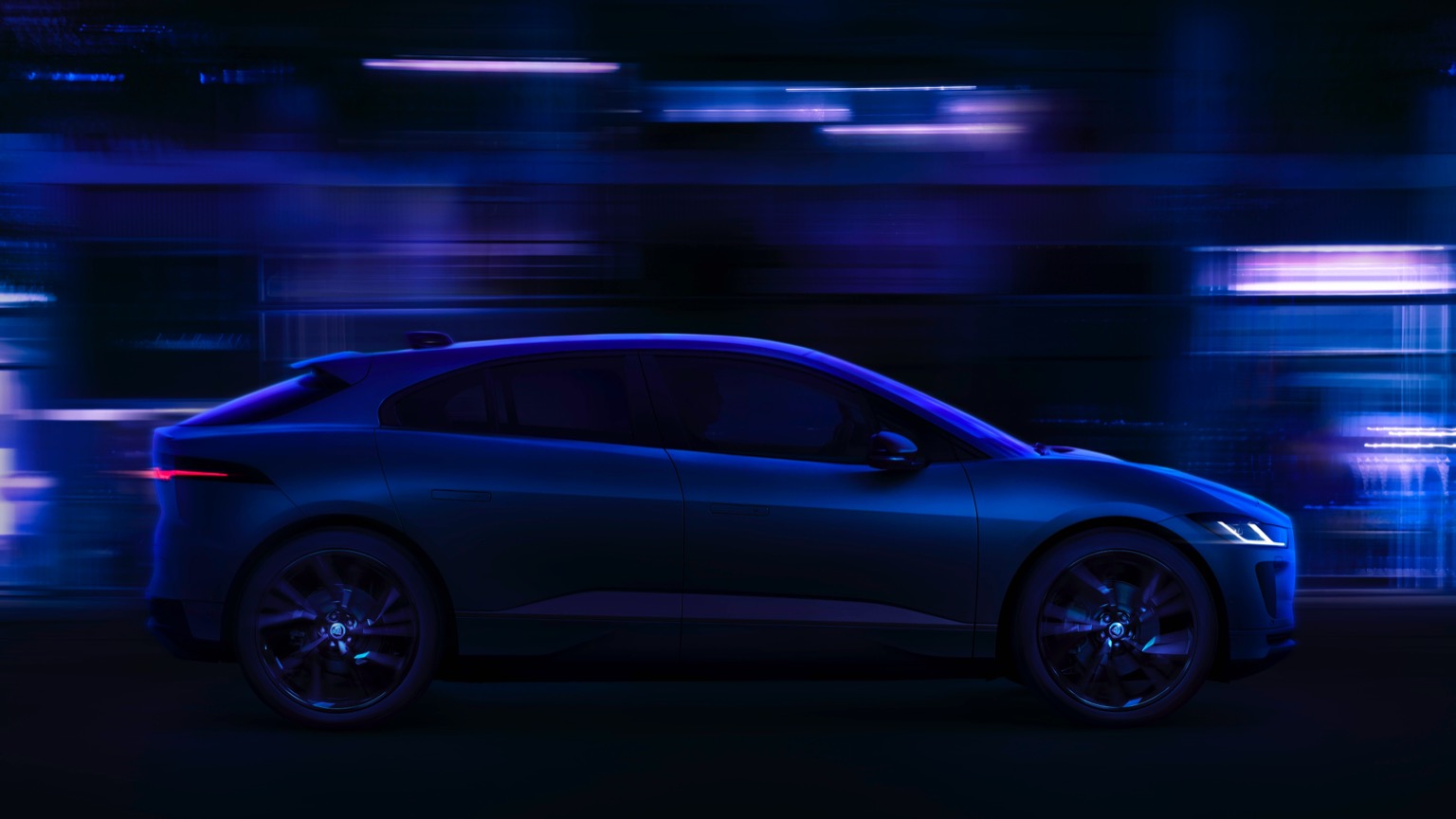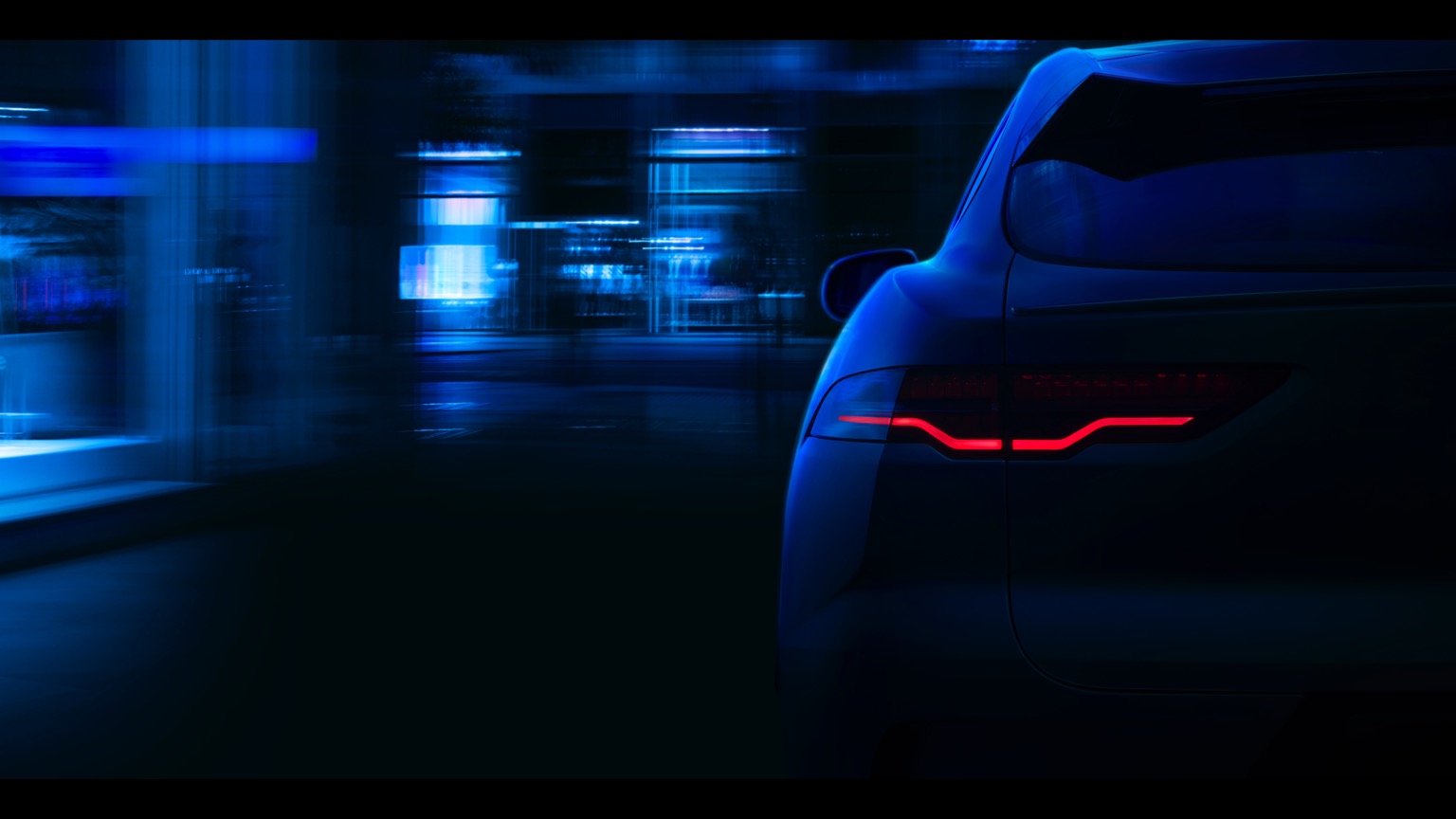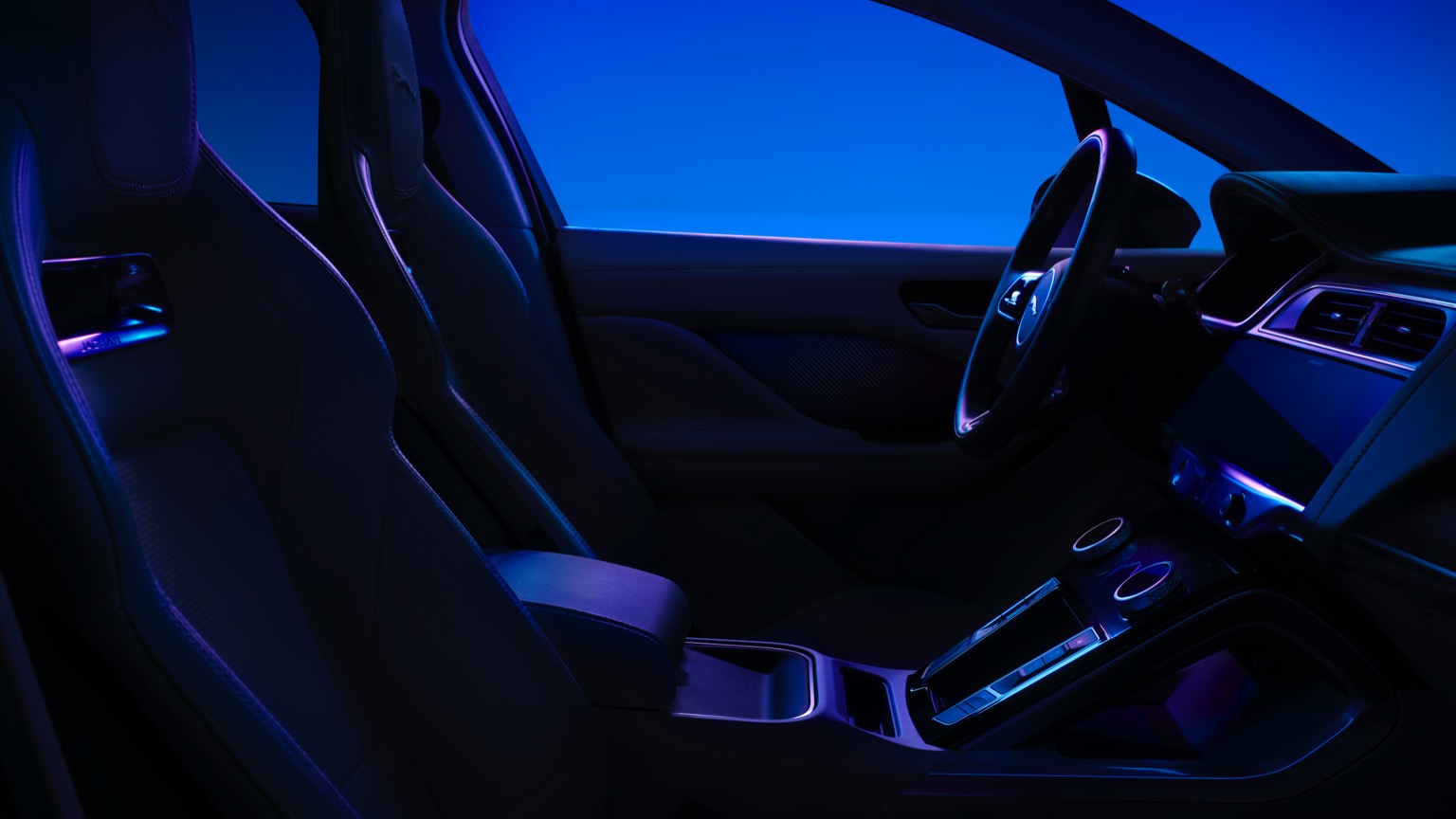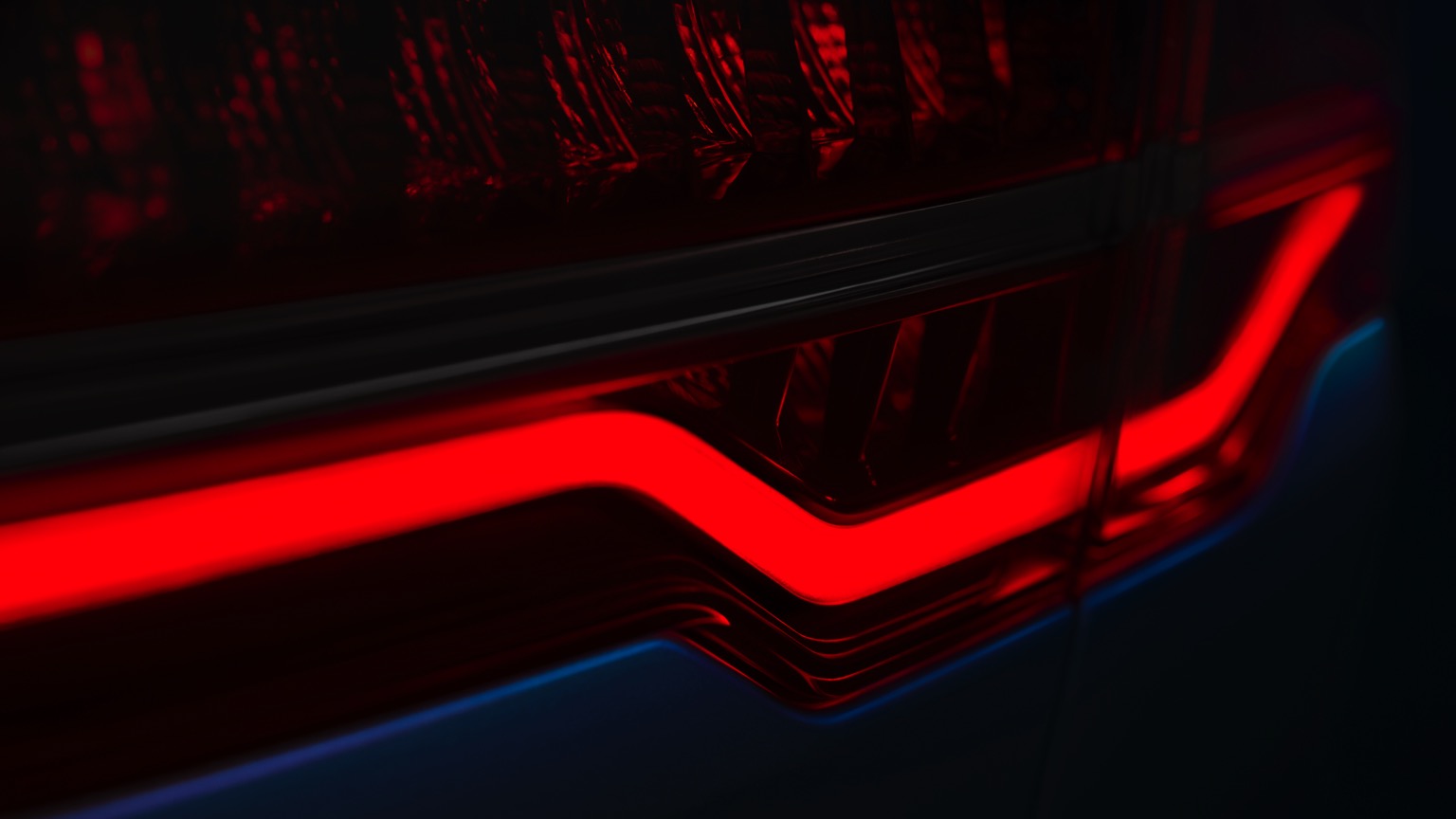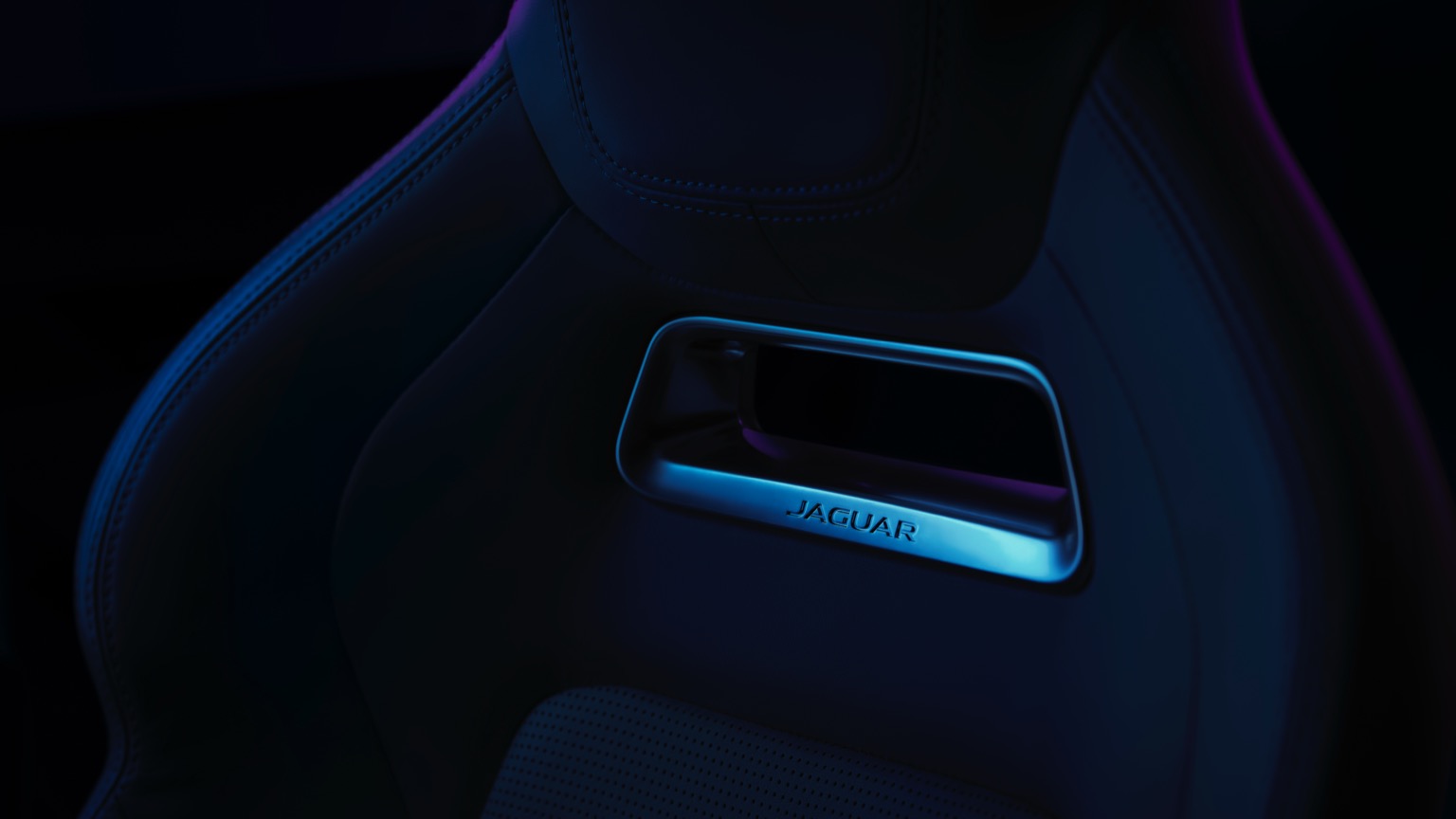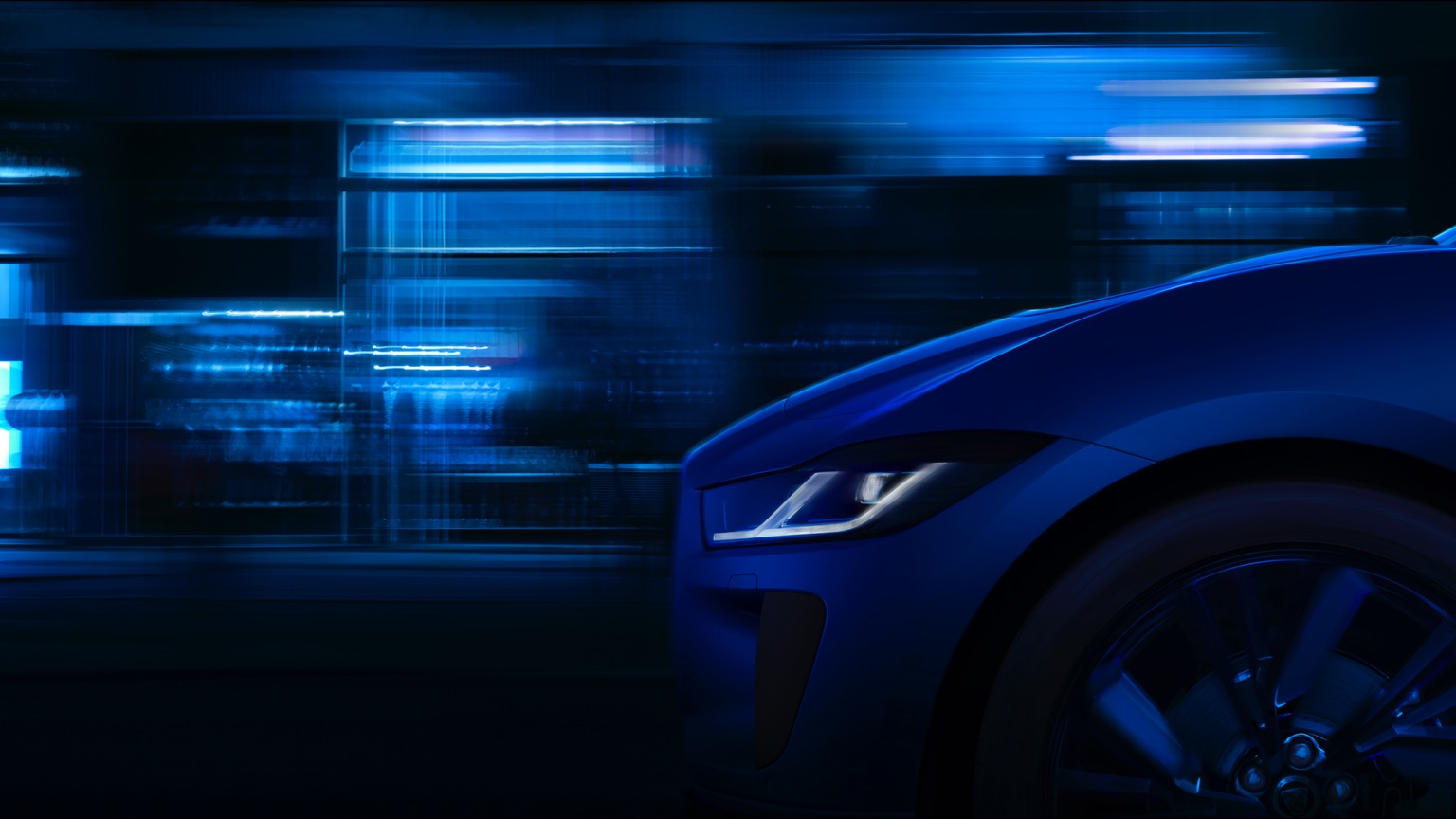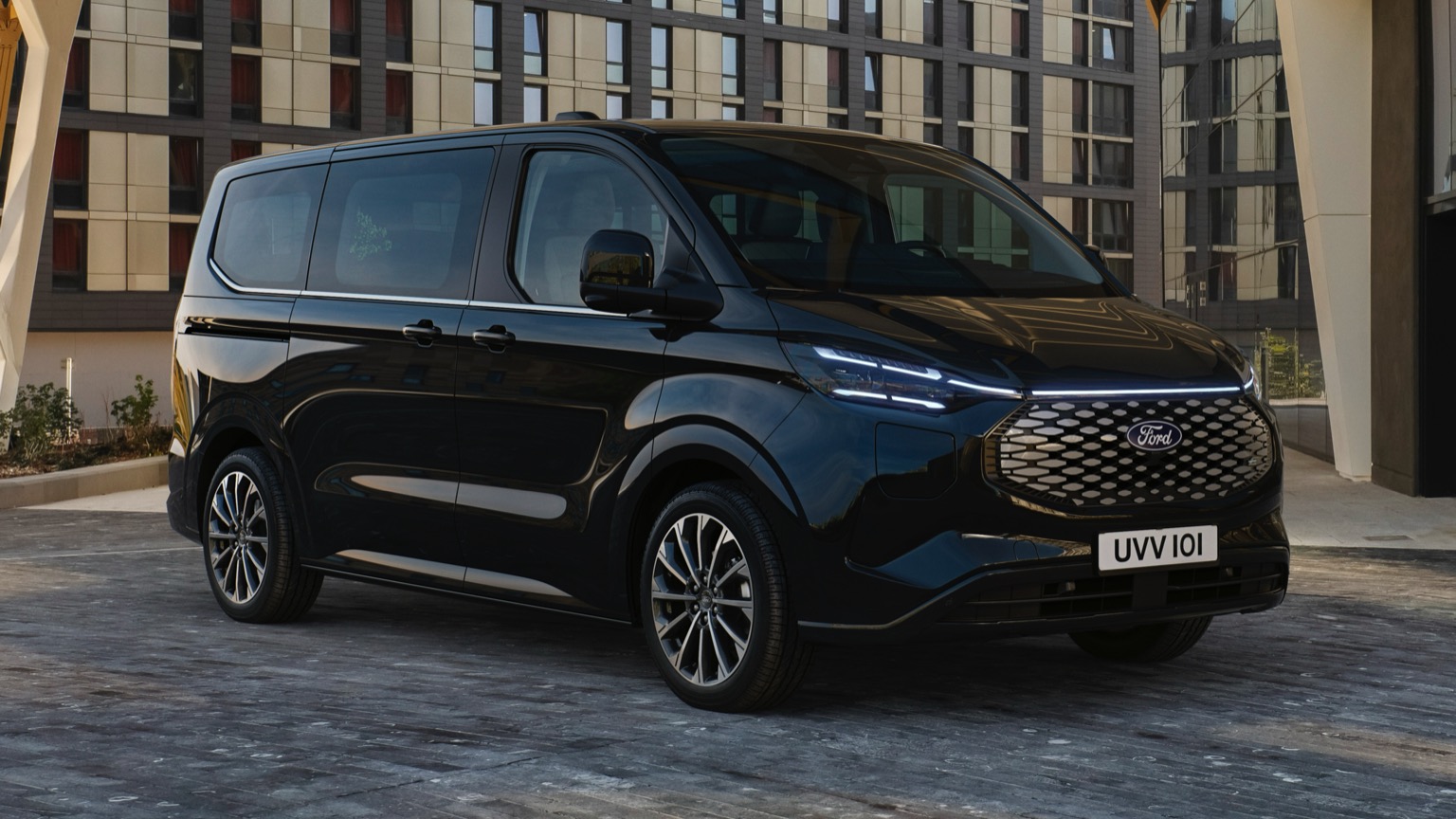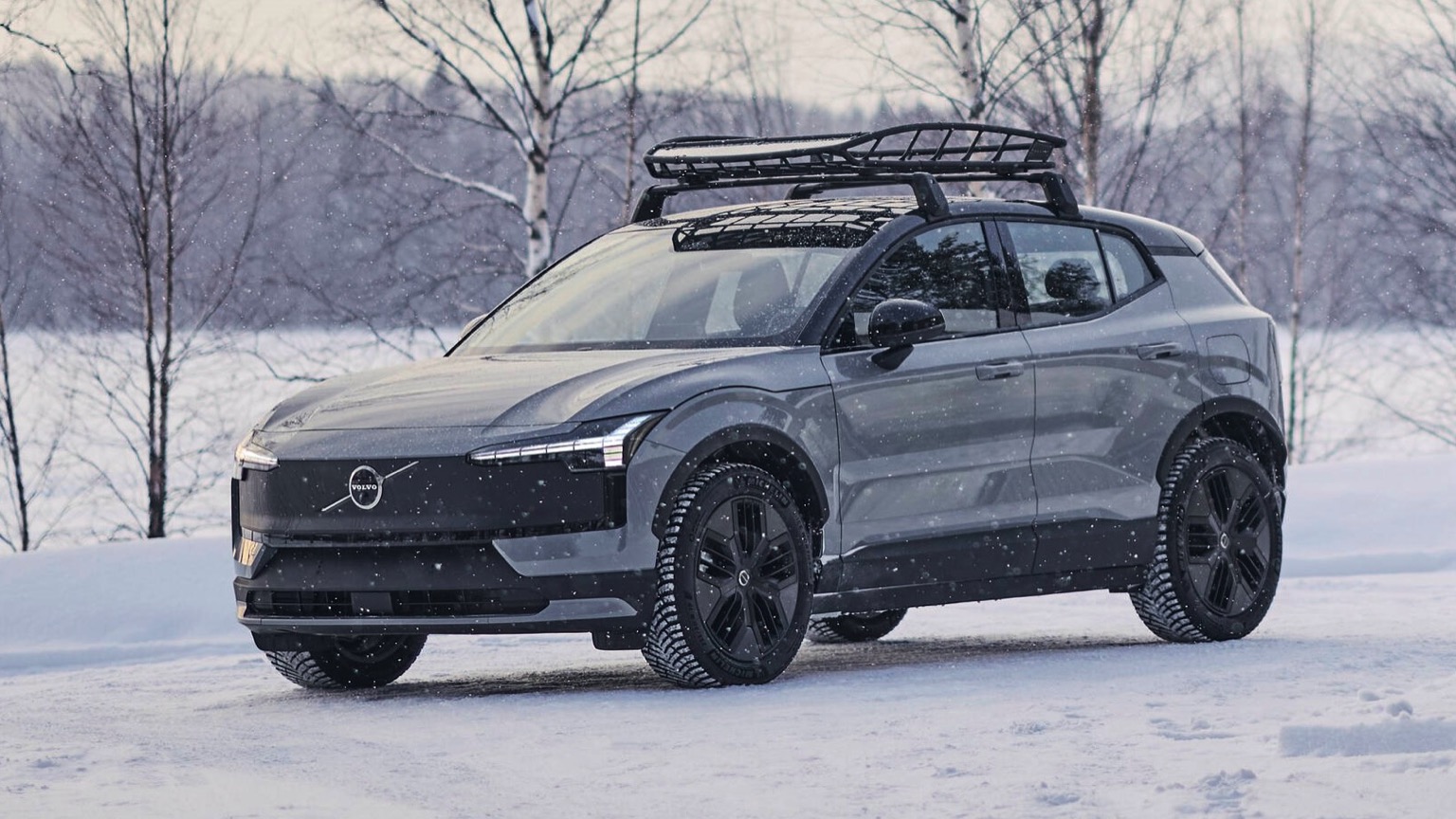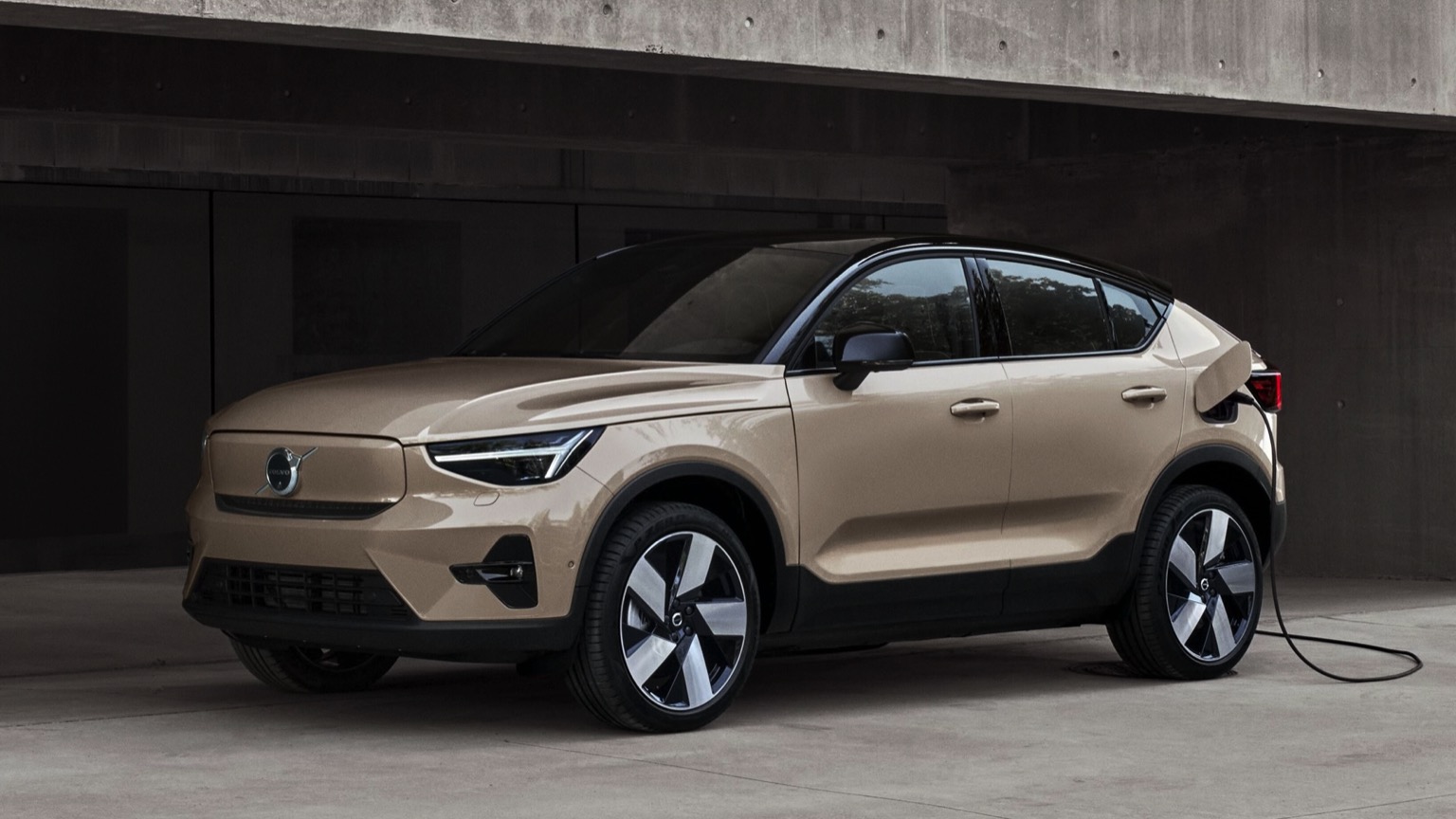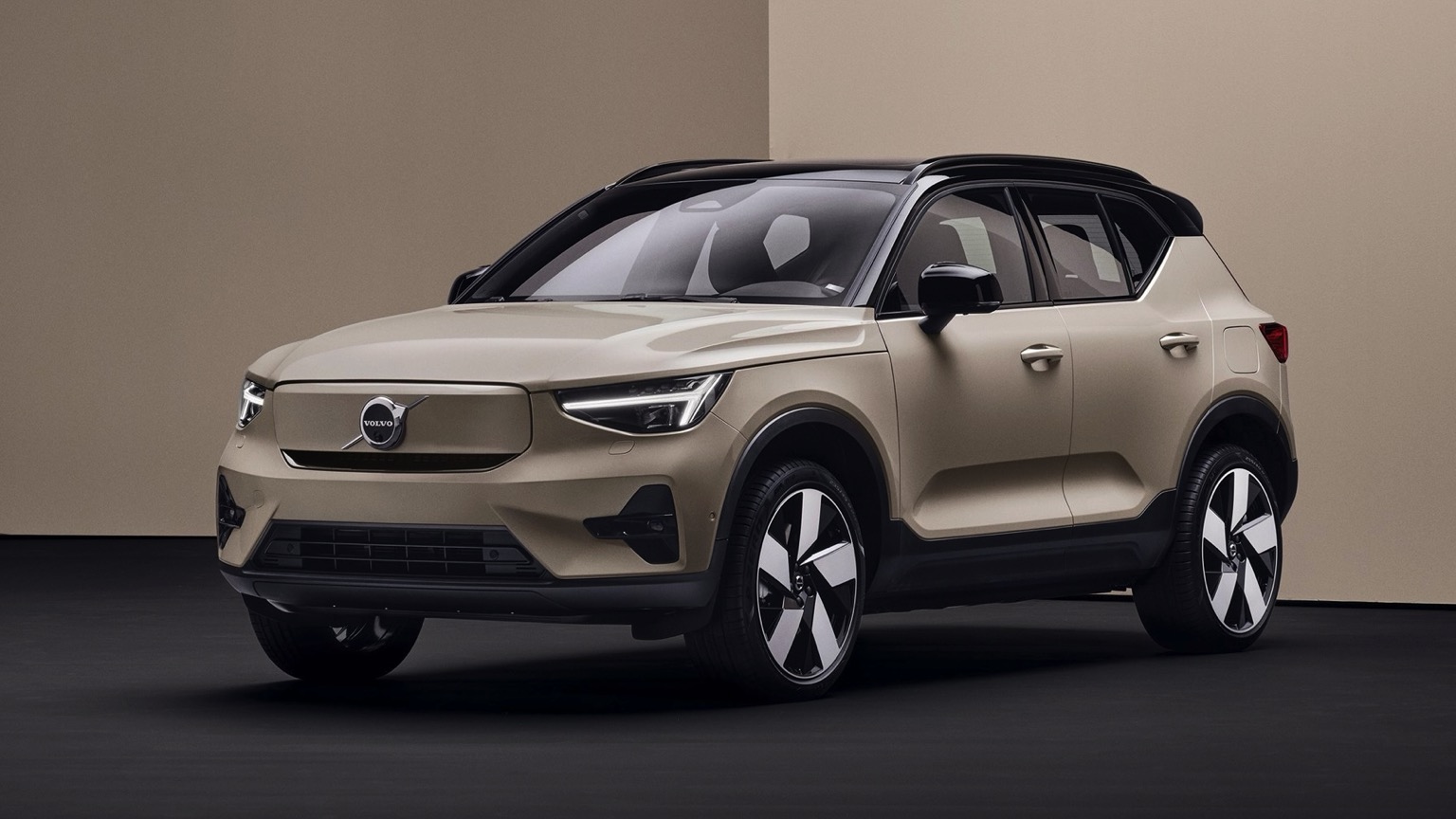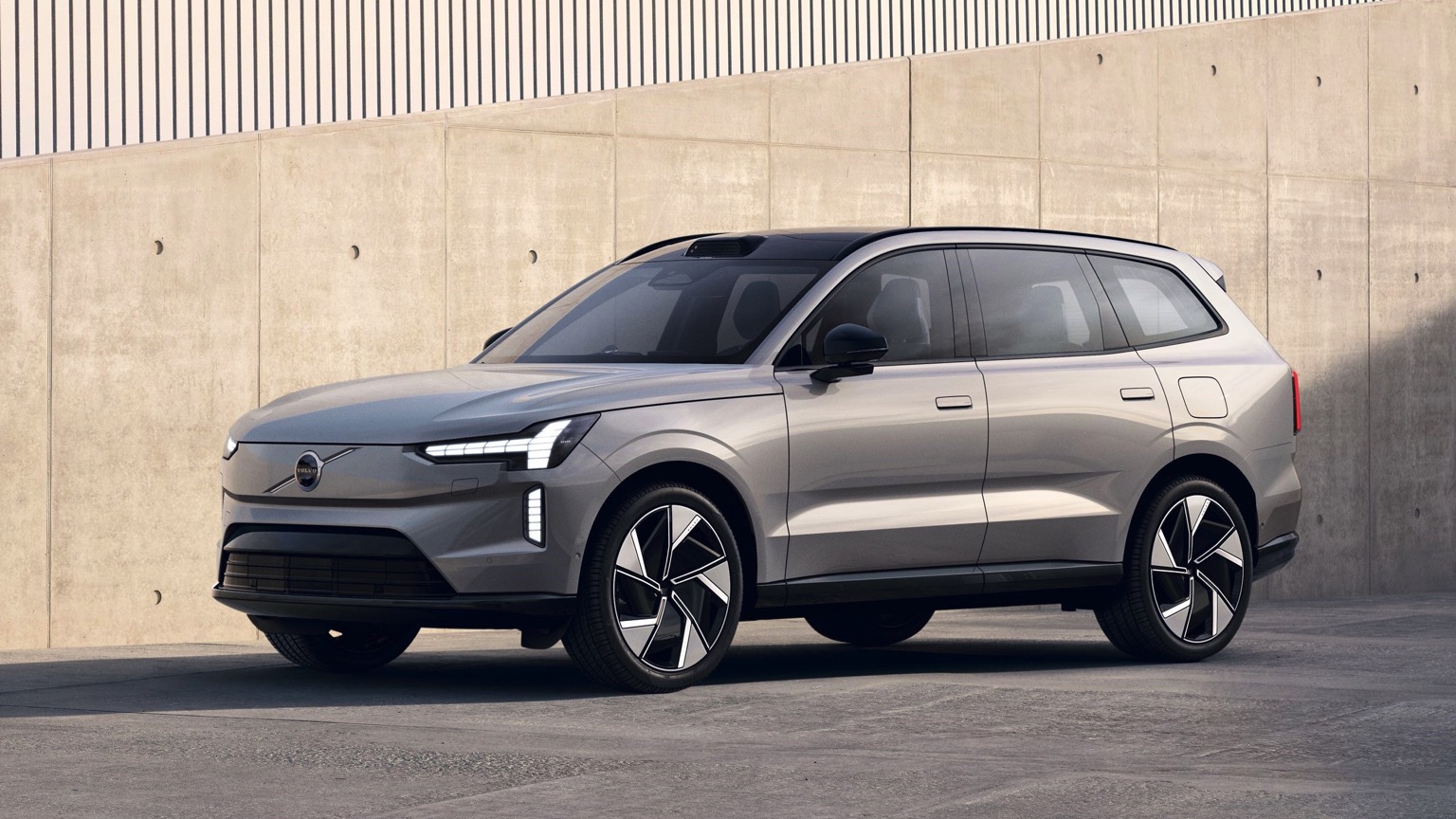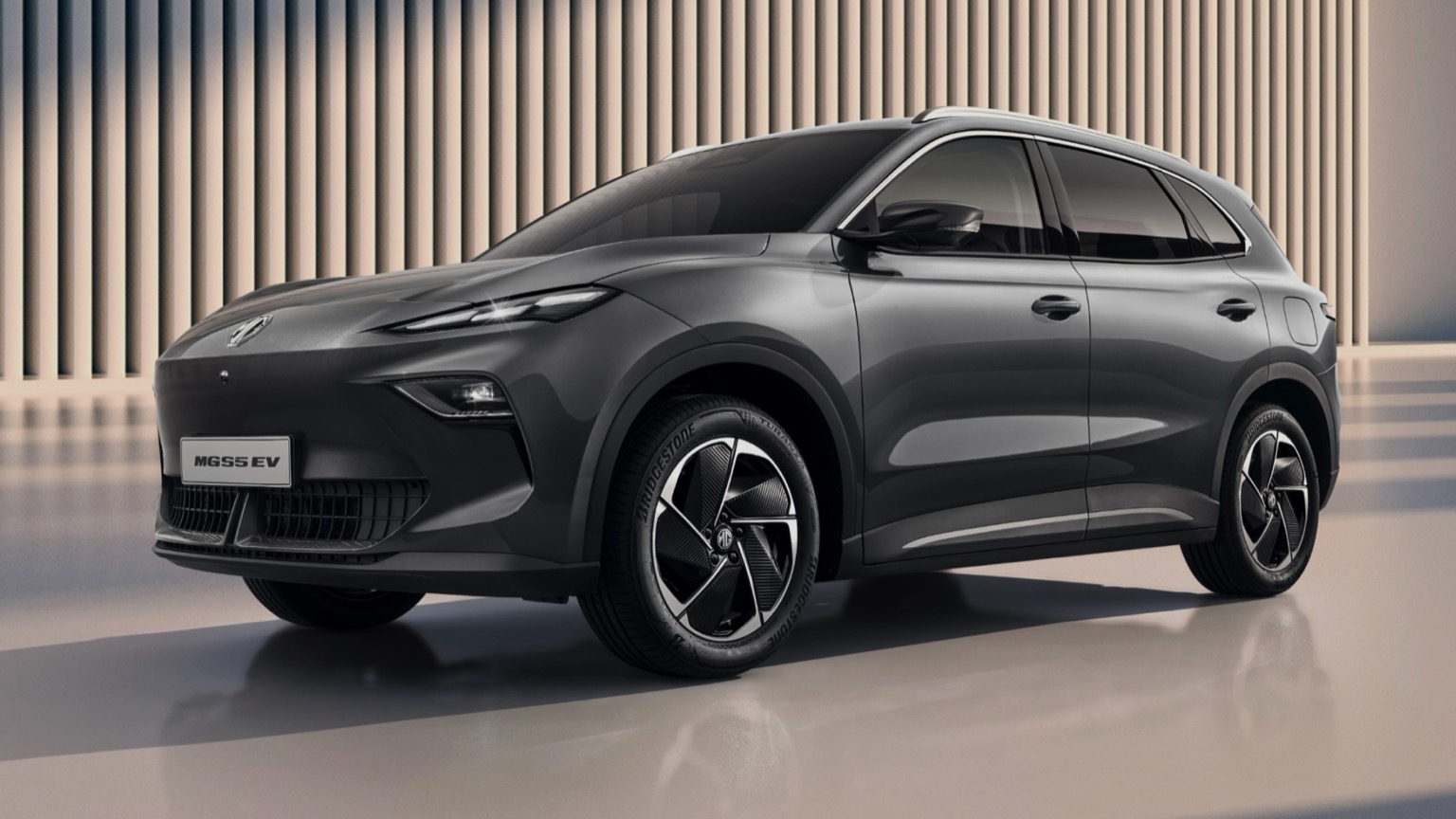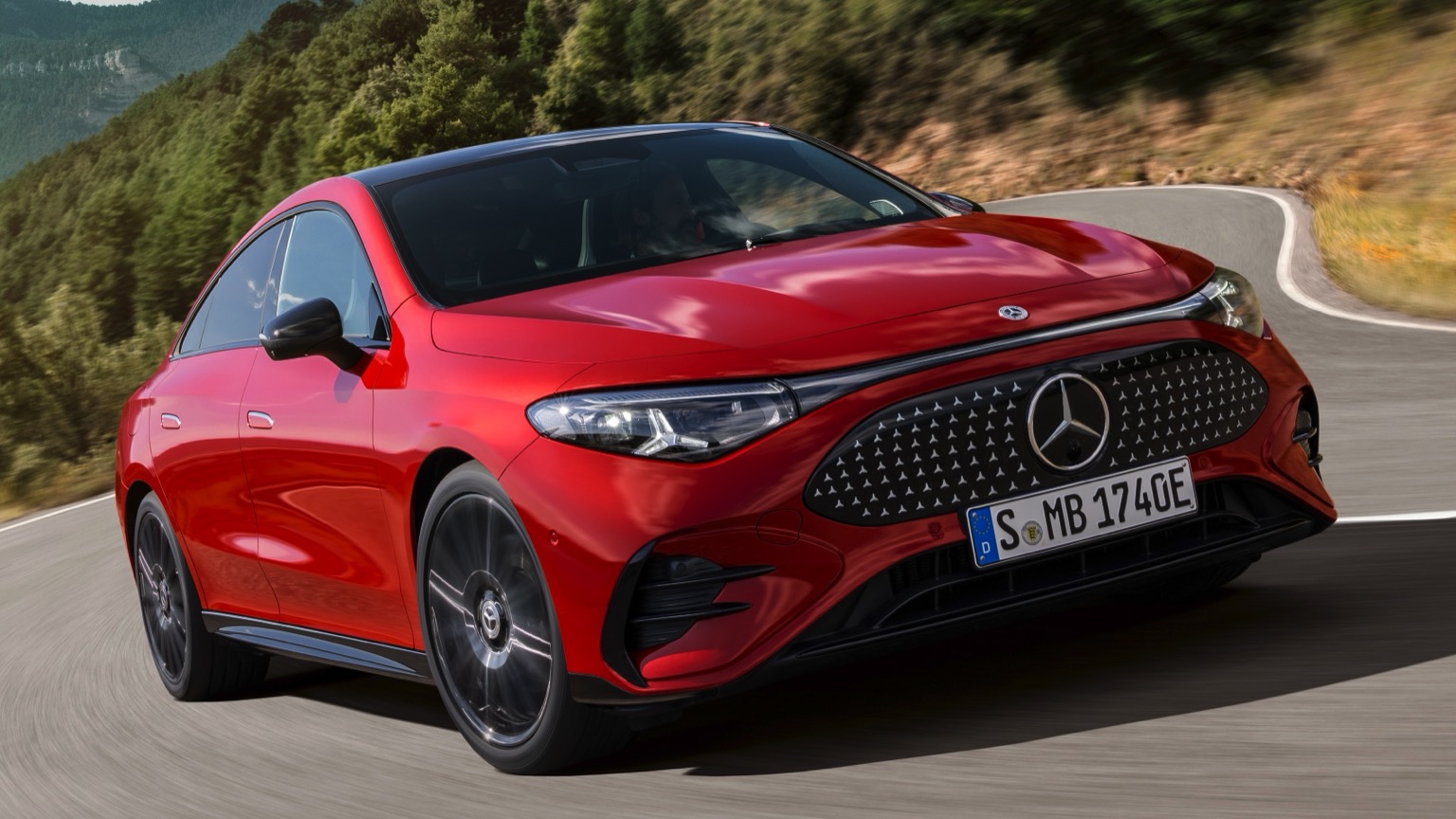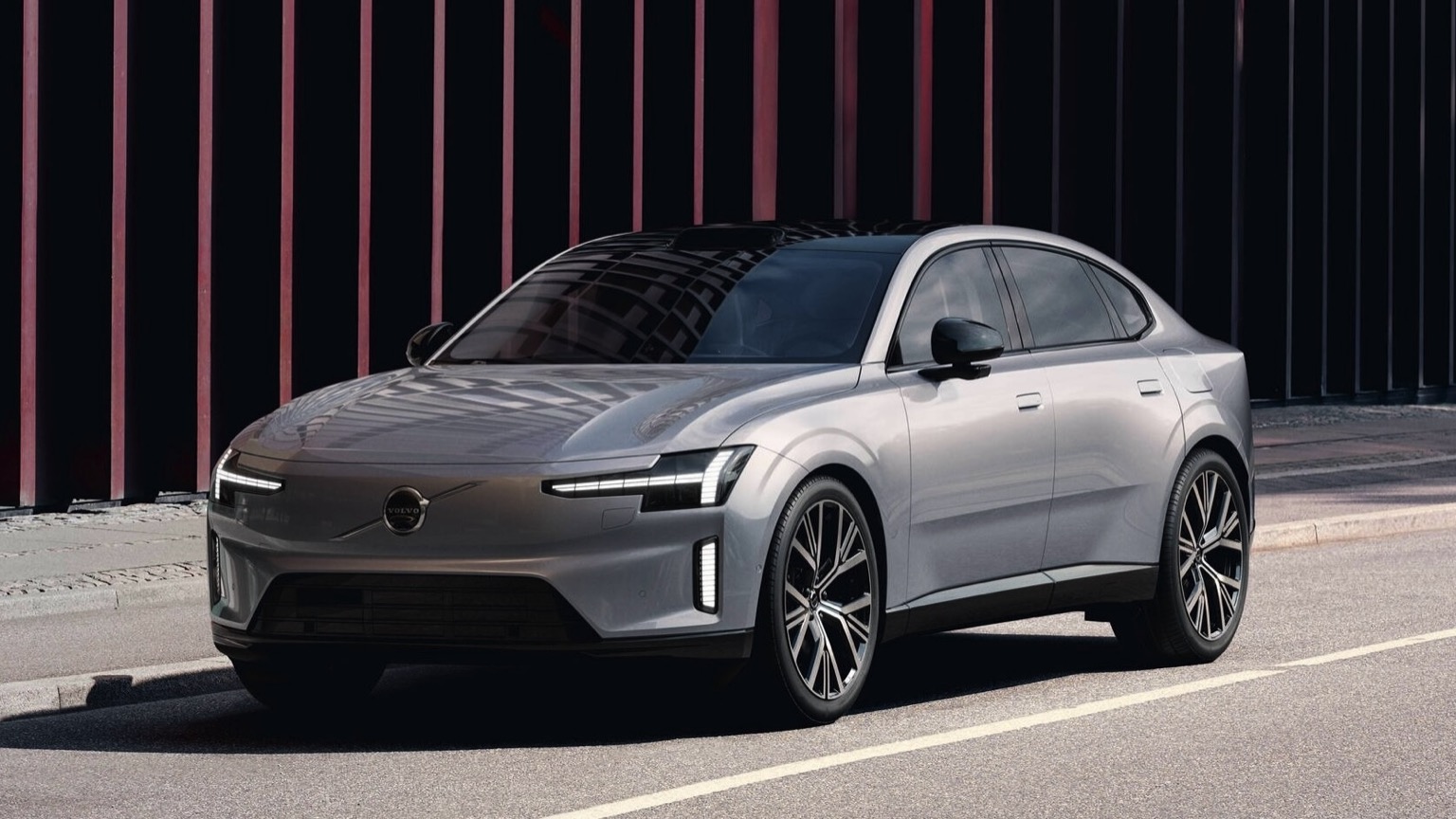Driving Range
In short, how many miles you can travel on a full charge. Is length important? Let’s not open that can of worms…
Efficiency
How many kWh of charge are needed to travel a set distance. The fewer needed, the more efficient your EV is. Easy!
Battery
The bigger the battery, the more power it can hold. In essence, fewer stops needed to top up your charge. Ahh, simplicity!
Top Speed
The maximum speed you can reach with your foot pressed hard to the floor. Important when escaping a zombie apocalypse, we assume.
Seats
Well, you don’t want to have to leave anybody at home… or do you?
Body
From stylish SUVs and compact crossovers, to curvaceous coupes and handy hatchbacks, there’s a perfect shape for everyone!
Isofix
The safe way to attach a child seat. Typically, these are hidden in the join between the back seats, alongside the crumbs from your last meal deal.
Safety Rating
A measure that considers the amount of safety kit installed, how a vehicle performs in crash testing and how safe it is for both pedestrians and cyclists.
| City - Cold Weather | 240 miles |
| Highway - Cold Weather | 170 miles |
| Combined - Cold Weather | 200 miles |
| City - Mild Weather | 340 miles |
| Highway - Mild Weather | 210 miles |
| Combined - Mild Weather | 265 miles |
Indication of real-world range in several situations. Cold weather: 'worst-case' based on -10°C and use of heating. Mild weather: 'best-case' based on 23°C and no use of A/C. For 'Highway' figures a constant speed of 110 km/h is assumed. The actual range will depend on speed, style of driving, weather and route conditions.
| Charge Port | Type 2 |
| Port Location | Left Side - Front |
| Charge Power | 11 KW AC |
| Charge Time | 9hr 15m |
| Charge Speed | 25 mph |
| Fastcharge Port | CCS |
| FC Port Location | Left Side - Front |
| Fastcharge Power (max) | 104 |
| Fastcharge Time | 44m |
| Fastcharge Speed | 220 mph |
General Charging (0 - 100%)
Charging is possible by using a regular wall plug or a charging station. Public charging is always done through a charging station. How fast the EV can charge depends on the charging station (EVSE) used and the maximum charging capacity of the EV
| Charging Point:Charging Point | Power:Power | Time:Time |
|---|---|---|
| Charging Point:Wall Plug | Power:2.3 kW | Time:43hr 30m |
| Charging Point:1-Phase 16A | Power:3.68 kW | Time:27hr |
| Charging Point:1-Phase 32A | Power:7.36 kW | Time:13hr 30m |
| Charging Point:3-Phase 16A | Power:3.68 kW | Time:9hr 15m |
| Charging Point:3-Phase 32A | Power:7.36 kW | Time:9hr 15m |
Rapid Charging (10 - 80%)
Rapid charging enables longer journeys by adding as much range as possible in the shortest amount of time. Charging power will decrease significantly after 80% state-of-charge (SoC) has been reached.
| Charging Point:Charging Point | Average Power:Average Power | Time:Time |
|---|---|---|
| Charging Point:CCS 50 | Average Power:50 kW | Time:1hr 15m |
| Charging Point:CCS 175 | Average Power:85 kW | Time: 44m |
| Charging Point:CCS 350 | Average Power:85 kW | Time: 44m |
| EVDB Real Range | 235 miles |
| EVDB Vehicle Consumption | 360 Wh/mi |
| EVDB CO2 Emissions | 0 g/mi |
| EVDB Vehicle Fuel Equivalent | 1.12 l/100mi |
| WLTP Real Range | 292 miles |
| WLTP Rated Consumption | 35.4 Wh/mi |
| WLTP Vehicle Consumption | 29 Wh/mi |
| WLTP CO2 Emissions | 0 g/mi |
| WLTP Rated Fuel Equivalent | 1.14 l/100mi |
| WLTP Vehicle Fuel Equivalent | 1.4 l/100mi |
| Acceleration 0 - 100 km/h | 4.8 sec |
| Top Speed | 124 mph |
| Electric Range* | 235 miles |
| Total Power* | 294 kWh |
| Total Torque* | 696 Nm |
| Drive | AWD |
| Safety Rating | |
| Rating Year | 2018 |
| Adult Occupant | 91% |
| Child Occupant | 81% |
| Vulnerable Road Users | 73% |
| Safety Assist | 81% |
For more details on the safety rating of this vehicle, visit euroncap.com
| Nominal Capacity | 90 kWh |
| Battery Type | Lithium-ion |
| Number of Cells | 108 |
| Architecture | 400 V |
| Useable Capacity | 84.7 kWh |
| Cathode Material | NCM622 |
| Pack Configuration | 108s4p |
| Nominal Voltage | 400 V |
| Length | 4682 mm |
| Width | 2011 mm |
| Width (with mirrors) | 2139 mm |
| Height | 1566 mm |
| Wheelbase | 2990 mm |
| Weight Unladen (EU) | 2226 kg |
| Gross Vehicle Weight (GVWR) | 2670 kg |
| Max. Payload | 519 kg |
| Cargo Volume | 505 L |
| Cargo Volume (Max) | 1163 L |
| Cargo Volume Frunk | 27 L |
| Roof Load | 75 kg |
| Tow Hitch Possible | Yes |
| Towing Weight Unbraked | 750 kg |
| Towing Weight Braked | 750 kg |
| Vertical Load Max | 45 kg |
| Seats | 5 |
| Isofix | Yes, 2 seats |
| Turning Circle | 12.4m |
| Platform | JLR D7e |
| Car Body | SUV |
| Segment | D |
| Roof Rails | No |
| EV Dedicated Platform | No |
* = estimated value. Average energy consumption and range based on moderate drive style and climate. Real-life values may differ significantly. Pricing information might not be actual for some regions. No rights can be derived from the information on this site.
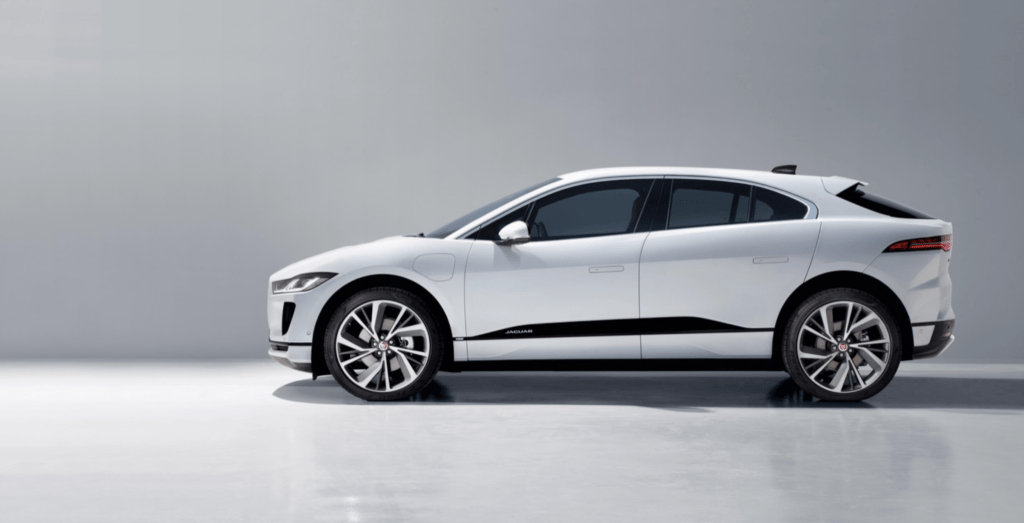
Jaguar I-Pace EV400 Charging Guide
The Jaguar I-PACE is a revolutionary electric SUV that epitomises Jaguar’s commitment to high-performance electric vehicles with a touch of luxury. As an electric powerhouse, the I-PACE stands out for its dynamic design, innovative features, and a driving experience that redefines expectations in the world of electric mobility.
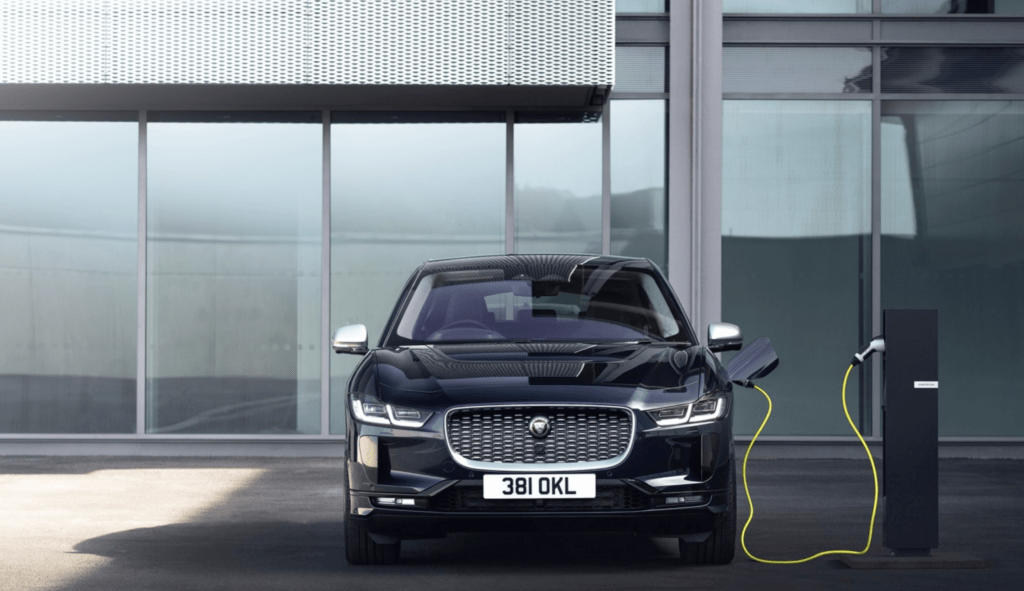
Can Jaguar I Pace use a Tesla Supercharger?
While the Jaguar I-PACE doesn’t use Tesla Superchargers, it is equipped with a CCS (Combined Charging System) Type 2 connector, allowing compatibility with a wide range of public EV charging stations. This ensures I-PACE owners have access to a comprehensive charging network for their journeys.
How long does it take to charge the Jaguar I-Pace EV400?
12 hours and 6 minutes*
*Using a standard 7kWh charger, such as zappi it would take 12 hours and 6 minutes to fully charge your 84.7kWh battery. The Jaguar I-Pace EV400 also has the capability to be charged on the 22kWh zappi, which would reduce this charging time down to 9 hours and 15 minutes.
What is the range of the Jaguar I-Pace EV400?
235 miles**The range of the Jaguar I-Pace EV400 with the 84.7kWh battery, differs between 170 miles and 340 miles depending on your driving conditions and the type of road. Typically, the average range from a full charge will be around 235 miles.
How much does it cost to charge the Jaguar I-Pace EV400?
£6.35**It could cost just £6.35 to charge the Jaguar I-Pace EV400, with the 84.7kWh battery, when fully utilising off-peak charging on an Octopus Intelligent tariff, at 0.075p/kWh. In contrast, peak charging on a standard rate of 0.34p/kWh can cost £28.80 to charge up.
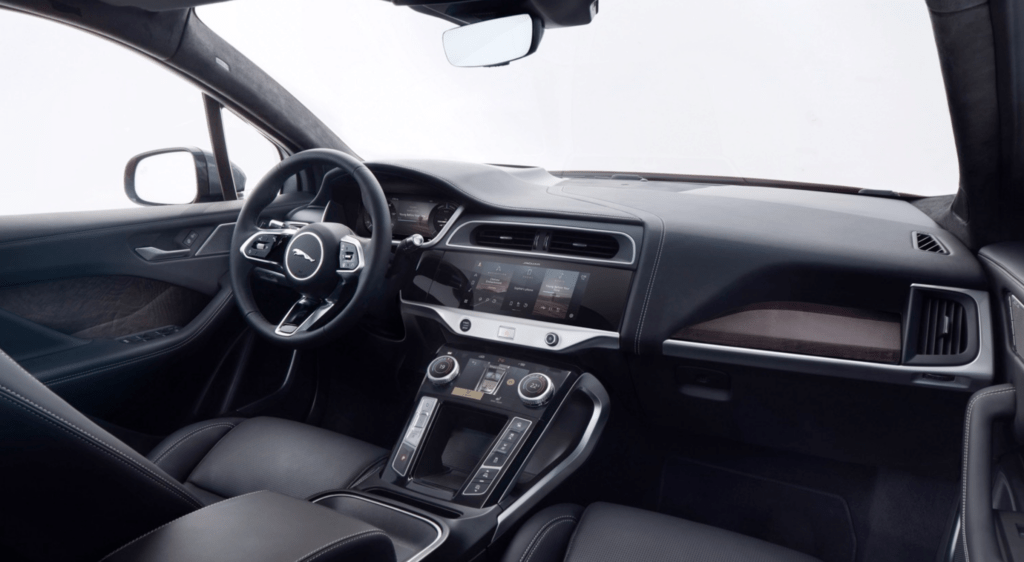
Does Jaguar I Pace have autopilot?
The Jaguar I-PACE features an advanced driver assistance system, but it does not have a fully autonomous driving capability equivalent to Tesla’s Autopilot. Jaguar’s system includes features such as; adaptive cruise control, lane-keeping assist, and automated emergency braking, providing enhanced safety and convenience during the drive.
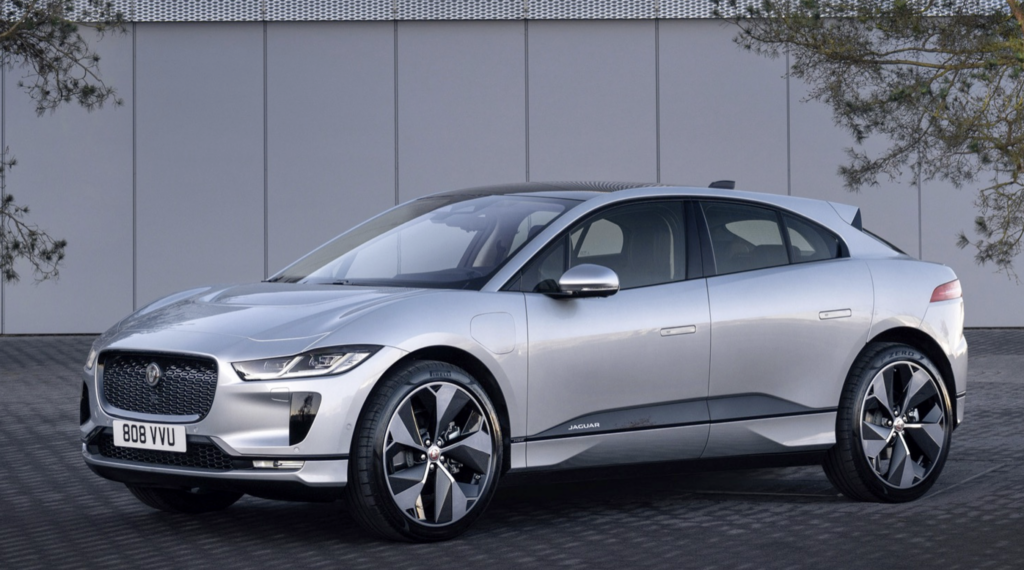
Is Jaguar I Pace a hybrid car?
Contrary to a hybrid car, the Jaguar I-PACE is a fully electric vehicle. It relies solely on its electric drivetrain, featuring a high-capacity battery pack that powers dual electric motors—one at each axle. This electric setup delivers instantaneous torque and a dynamic driving experience without relying on an internal combustion engine.
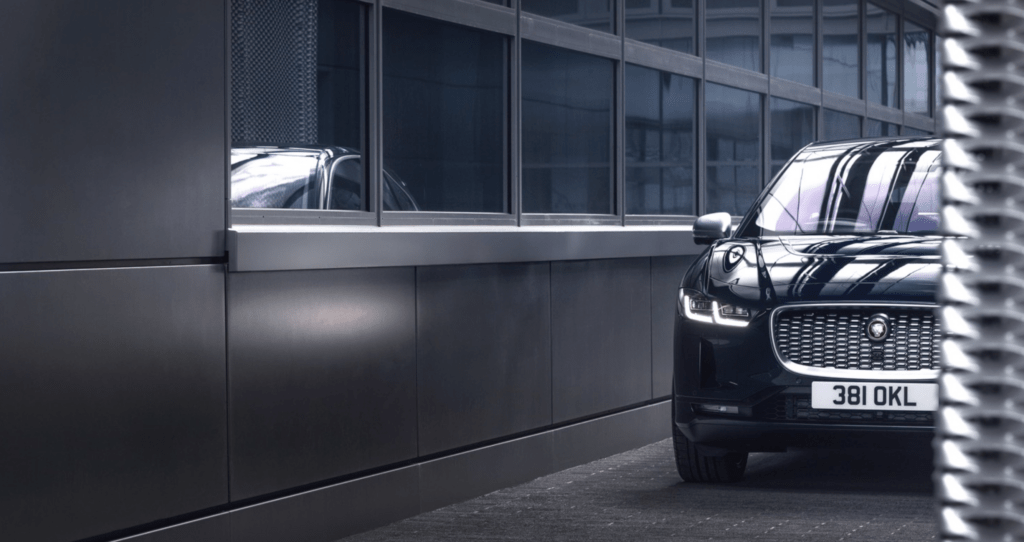
Can the Jaguar I Pace connect to Alexa?
The Jaguar I-PACE is equipped with the Jaguar InControl Touch Pro Duo infotainment system, which includes connectivity features. While it doesn’t have native integration with Alexa, it offers compatibility with the Jaguar InControl Remote app, allowing drivers to interact with their vehicle remotely using a smartphone.
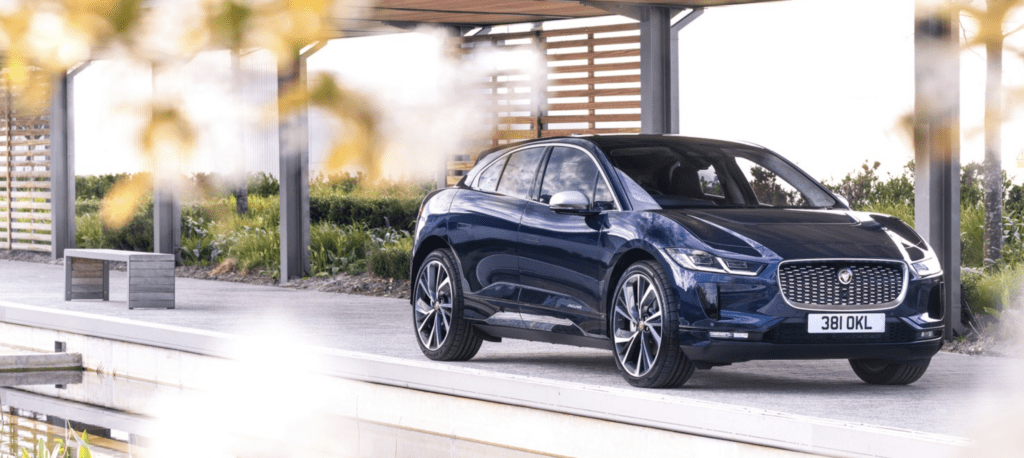
Economic luxury.
The Jaguar I-PACE emerges as a trailblazer in the realm of electric SUVs, showcasing Jaguar’s dedication to performance, innovation, and luxury. With its distinct charging capabilities, advanced driver assistance features, pure electric design, and sophisticated connectivity options, the I-PACE offers a compelling option for those seeking an electric vehicle that seamlessly blends power and elegance.
Similar Electric Vehicles

